Hi friends, this is Thesun Industry, and today, we’re going to delve into the interesting world of anodized aluminum and the various factors that affect its cost. While this topic may seem daunting at first, have no fear! We’ll tackle this together, illuminating the complexities of anodized aluminum pricing in a way that’s both informative and entertaining.
Before we begin our journey, let us first understand what anodized aluminum is and why it is so important in various industries. Anodizing is an electrochemical process that transforms the outer layer of aluminum into a durable, corrosion-resistant, and beautiful surface. The process not only enhances the metal’s properties but also offers a variety of color options, making it a popular choice for architectural, automotive and consumer product applications.
Now, let’s take a closer look at the factors that affect the cost of anodized aluminum. Understanding these factors is critical for both manufacturers and consumers as it allows for informed decisions and cost-effective solutions. Without further ado, let’s discuss the main factors that affect the cost of anodized aluminum.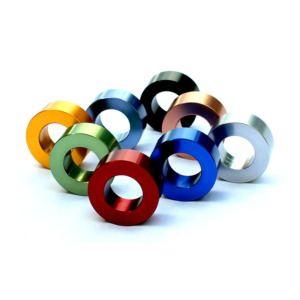
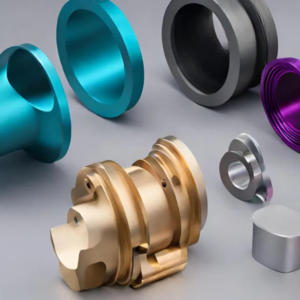
- Alloy composition:
The composition of the aluminum alloy plays an important role in determining the cost of anodizing. Different alloys tolerate the anodizing process to varying degrees, and some alloys require additional steps to achieve the desired finish. High-purity aluminum alloys, such as 1100 or 3003, are easier to anodize and generally incur lower processing costs. On the other hand, alloys containing elements such as copper or silicon can present challenges during the anodization process, resulting in increased processing time and higher costs.
- Surface area and complexity:
The size and complexity of the aluminum part also affects the overall cost of anodizing. The larger surface area requires more extensive pre-treatment, anodizing and sealing processes, resulting in higher material and labor costs. In addition, complex designs or irregularly shaped parts may require specialized handling and masking techniques, which further increases overall costs.
- Anodizing type and thickness:
The type of anodizing process, whether it is sulfuric acid (Type II) or hard coating (Type III), and the thickness of the anode layer required, directly affects the cost of anodized aluminum. Hardcoat anodizing is known for its superior durability and wear resistance, but is generally more expensive because it requires specialized equipment and longer processing times. Likewise, obtaining thicker anodic coatings may require multiple anodization cycles, resulting in increased material and energy consumption.
- Color and customization:
Color choice and any additional customizations (such as tinting or special finishes) can significantly affect the cost of anodized aluminum. While standard colors may be readily available and cost-effective, custom colors or unique finishes may require specialized dyes, processing and quality control measures, resulting in higher overall costs. Additionally, the need for precise color matching or consistent finishes across multiple components may require additional time and resources, further impacting costs.
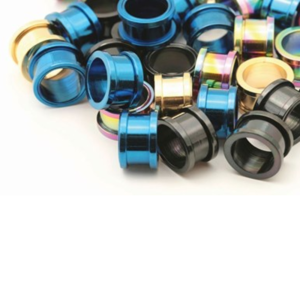
- Quality standards and certification:
Adherence to strict quality standards and certifications, such as those set forth by industry regulators or specific customer requirements, may impact the cost of anodized aluminum. Adherence to strict quality control measures, documentation and testing protocols can increase the value of the finished product but may also incur additional costs in terms of inspection, traceability and record keeping.
- Environmental and regulatory considerations:
Environmental regulations and sustainability initiatives have a direct impact on the cost of anodized aluminum. Complying with strict environmental standards, waste management practices and energy-saving processes may require investments in advanced treatment systems, waste disposal and energy-saving measures, all of which increase the overall cost of anodizing.
- Quantity and delivery time:
The quantity of anodized aluminum parts and the lead time required for production are key factors in determining the overall cost. Economies of scale generally apply, the greater the output, the lower the unit cost. Additionally, shorter lead times or expedited processing may incur additional costs to accommodate tight schedules and resource allocations.
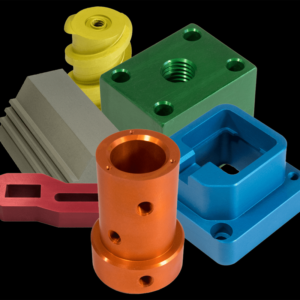
- Market conditions and supply chain dynamics:
External market factors, such as raw material price fluctuations, supply chain disruptions or geopolitical events, can affect the cost of anodized aluminum. Fluctuating aluminum prices, the availability of specialty chemicals, or geopolitical tensions affecting trade routes can result in cost changes beyond the control of manufacturers or consumers.
- Value-added services and anodizing post-treatment:
The inclusion of value-added services such as precision machining, assembly or secondary finishing can impact the overall cost of anodized aluminum parts. Additionally, post-anodization processes, such as laser marking, etching or surface treatment, may incur additional costs but add significant value in terms of functionality and aesthetics.
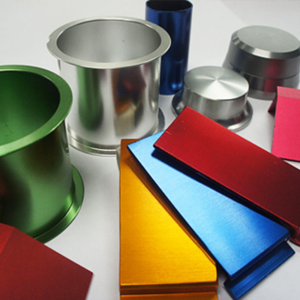
To summarize, the cost of anodized aluminum is affected by a variety of factors, from material composition and processing technology to market dynamics and value-added services. By understanding these influencing factors, manufacturers and consumers can make informed decisions that optimize cost efficiency without compromising quality or performance. So the next time you come across an anodized aluminum product, take a moment to appreciate the intricate interplay of factors that influence its cost, and understand that its value extends far beyond its gleaming surface.

